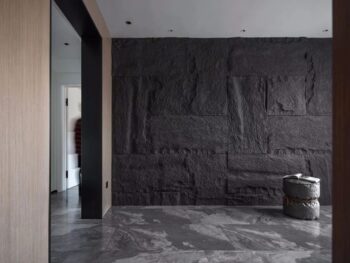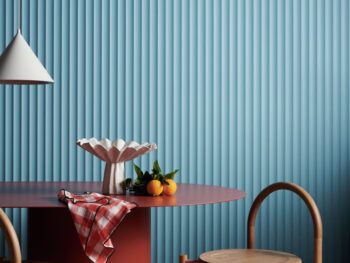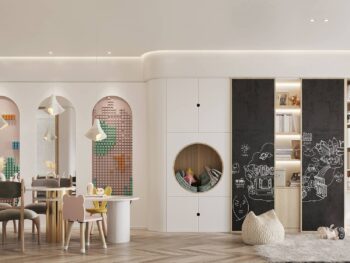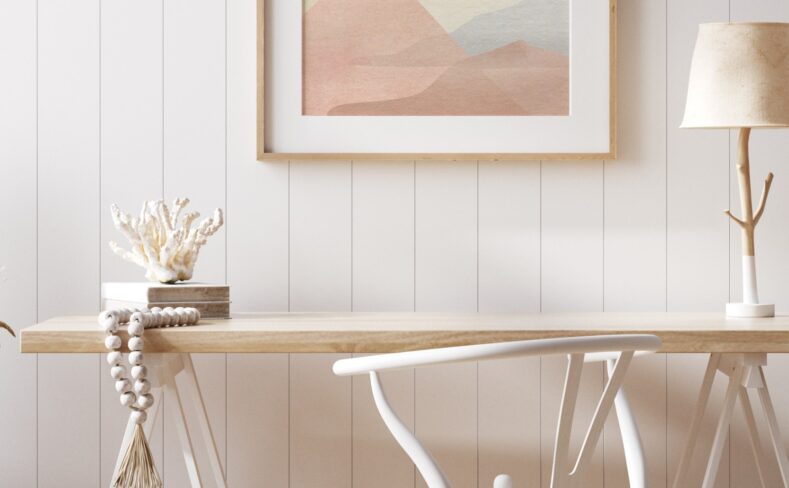
Comparison of PVC Wall Panel and VJ Panel
In interior decoration, the choice of wall materials is very important to create a comfortable living environment and a unique decorative style. Two common wall panel materials, PVC wall panels and VJ panels, have attracted much attention due to their respective design features, materials and uses. Both materials offer different options whether you are looking for a modern feel or a traditional touch.
This article will make a detailed comparison of PVC wall panels and VJ panels. From the aspects of design, material, application, advantages and disadvantages, etc., it will give you an in-depth understanding of these two wall panel materials so that you can make a wise choice in decoration decisions.
Related Articles
PVC Wall Panel: Beautiful and Functional Interior Decoration
WPC Wall Panel: Blending Elegance, Functionality and Innovation
A Guide to WPC vs PVC Wall Panels
I. What is PVC wall panel?
PVC wall panel is a type of decorative wall panel, which is made of polyvinyl chloride (PVC) material. PVC is a synthetic plastic material with properties such as water resistance, moisture resistance, and corrosion resistance, so it is widely used in the field of interior decoration. PVC wall panels usually have a variety of colors and patterns to choose from, which can imitate different material textures such as wood, stone, tiles, etc., so as to bring rich decorative effects to the wall surface without using actual natural materials.
The installation of PVC wall panels usually adopts plug-in type or paste type, which has faster construction speed and lower cost. It can be used in various indoor spaces, such as living room, bedroom, bathroom, kitchen, etc., to provide the function of decorating and protecting the wall. In addition, PVC siding is also popular for its features such as easy cleaning, maintenance and affordability.
In a word, PVC wall panel is a kind of decorative wall panel made by using synthetic plastic material, which has a variety of colors and patterns, suitable for a variety of interior spaces, and is a common interior decoration material.
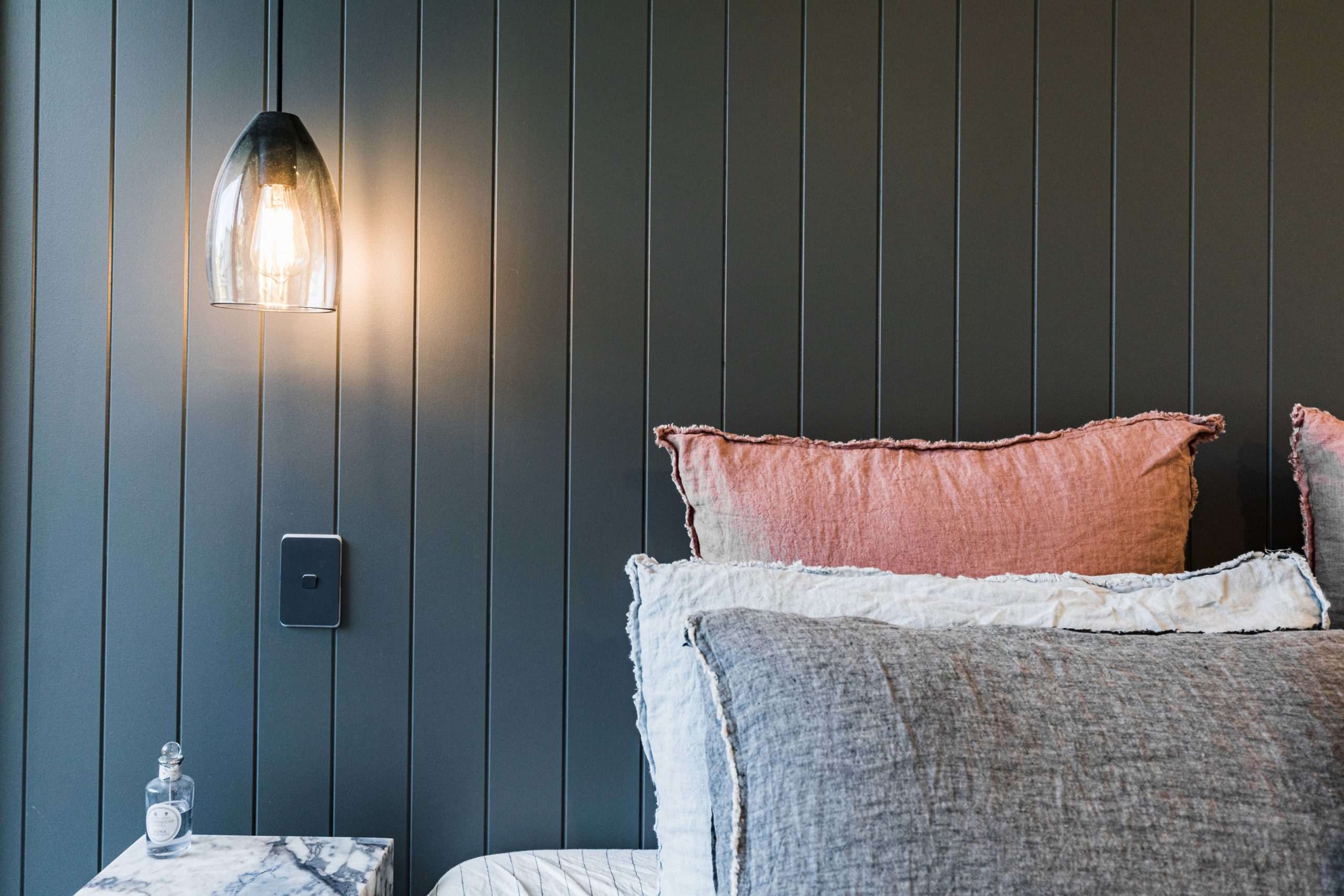
II. What are the advantages and disadvantages of PVC wall panels?
As an interior decoration material, PVC wallboard has its unique advantages and disadvantages. The advantages and disadvantages of PVC wall panels are listed below:
Advantages
1. Water and moisture resistance
PVC wall panels have excellent water and moisture resistance, making them ideal for use in humid environments such as bathrooms and kitchens.
2. Easy to clean
The surface of PVC wall panels is smooth, easy to wipe, stains are not easy to adhere, and cleaning and maintenance are very convenient.
3. Rich choices of colors and patterns
PVC wall panels provide a variety of colors, patterns and textures to choose from, which can meet the needs of different decoration styles.
4. Quick installation
PVC wall panels are usually installed by plug-in or pasted, the construction speed is fast, and there is no need for cumbersome painting and other steps.
5. Affordable
PVC wall panels are relatively low cost compared to other materials and are an affordable interior decoration option.
6. Sound insulation and heat preservation
PVC wall panels can provide sound insulation and heat preservation effects to a certain extent, and improve the comfort of the indoor environment.
Disadvantages
1. Environmental protection issues
The production process of PVC wallboard may involve some chemical components, which may have a certain impact on the environment, and it is necessary to choose environmentally friendly materials.
2. Appearance and texture
Although PVC wall panels can imitate different textures and materials, their texture is not as good as natural materials such as solid wood.
3. Plasticity
PVC material is relatively soft and is easily scratched or scratched by impact.
4. Thermal stability
PVC wall panels may be deformed in high temperature environments, so it is necessary to avoid prolonged exposure to high temperature environments.
5. Limited design depth
Although PVC wall panels provide rich patterns and color choices, they may not be as deep in design as some materials such as solid wood or ceramic tiles.
Considering these advantages and disadvantages, choosing whether to use PVC wall panels needs to make trade-offs based on your decoration needs, environment and personal preferences. If you’re after a durable, easy-to-clean, and affordable finishing option, PVC siding might be a good choice.
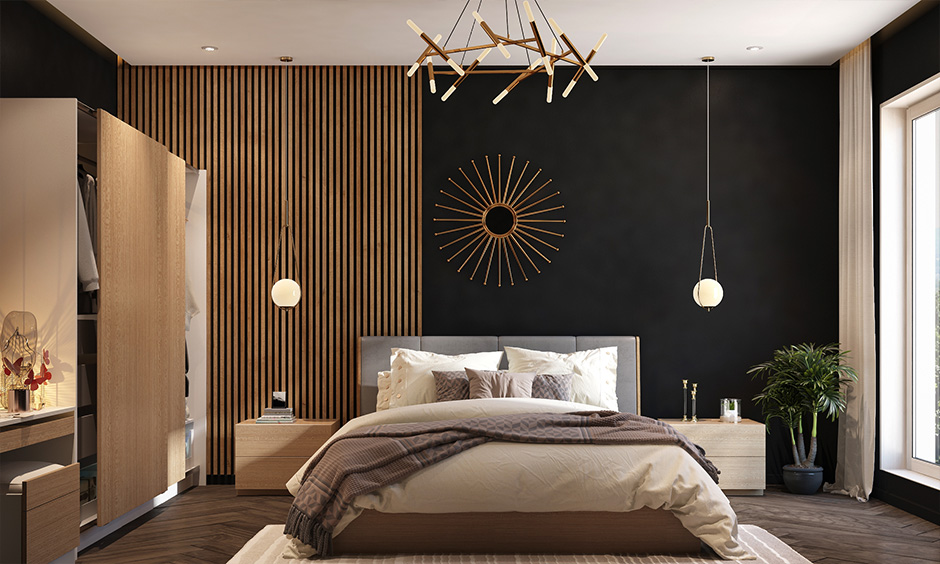
III. What is the VJ wall panel?
VJ board is a decorative wall panel derived from the traditional architectural style of Australia and New Zealand, also known as “V-groove board” or “V-joint board”. VJ stands for “Vertical Joint” (Vertical Joint), which is characterized by vertical grooves on the board, forming a continuous V-shaped or U-shaped grain. This design not only enhances the layering of the walls, but also gives the interior space a warm, traditional feel.
VJ boards are usually made of solid wood, such as pine, oak, etc., which can retain the natural wood texture and color. The production of VJ boards requires experienced woodworkers who cut the wood into the proper shape and then join the boards together by embedding vertical grooves to form a coherent grain. VJ panels can be painted or finished to match the decor of the interior.
VJ panels are commonly used in interior design for wall, ceiling, niche, furniture and other decorations, giving the space a traditional charm and natural beauty. While VJ boards were originally derived from the traditional architectural styles of Australia and New Zealand, they are now enjoyed worldwide as a beloved decorating option.
IV. What are the advantages and disadvantages of VJ wall panels?
As a decorative wall panel, VJ wall panel has its unique advantages and disadvantages in interior design. The advantages and disadvantages of VJ wall panels are listed below:
Advantages
1. Natural beauty
VJ wall panels are made of solid wood, which retains the natural grain, color and texture of wood, bringing warm and natural beauty to the interior space.
2. Traditional charm
The design inspiration of VJ wall panels comes from traditional architectural styles, which endows the interior with traditional charm and a sense of history, and is especially suitable for decoration projects that pursue a classical atmosphere.
3. Visual effect
The design of vertical connection makes the VJ wall panel present a coherent texture, emphasizes the verticality of the wall, and enhances the layering and depth of the space.
4. Diverse styles
Although derived from traditional styles, VJ wall panels also have diverse characteristics, which can be integrated with modern elements to create a unique style.
5. Customizability
VJ wall panels can be customized according to individual needs, including different woods, sizes, colors and finishes, to meet different decoration requirements.
Disadvantages
1. Maintenance needs
Since VJ wall panels are usually made of solid wood, more maintenance and attention is required to prevent the wood from deforming, cracking or being infested by insects.
2. Complicated production
The production of VJ wall panels involves the design of vertical connections, which requires experienced professionals to produce, so the production process may be more complicated.
3. Higher cost
Compared with some synthetic materials, the cost of VJ wall panels is higher, including material cost, production cost and installation cost.
4. May be affected by the environment
Solid wood VJ wall panels may be affected by environmental factors such as humidity and temperature, which need to be considered during selection and installation.
Considering these advantages and disadvantages comprehensively, choosing whether to use VJ wall panels needs to be weighed according to your decoration needs, personal preferences and budget. If natural beauty and traditional charm are what you’re looking for, and you’re willing to put in some effort for maintenance, VJ wall panels can be a satisfying interior decorating choice.
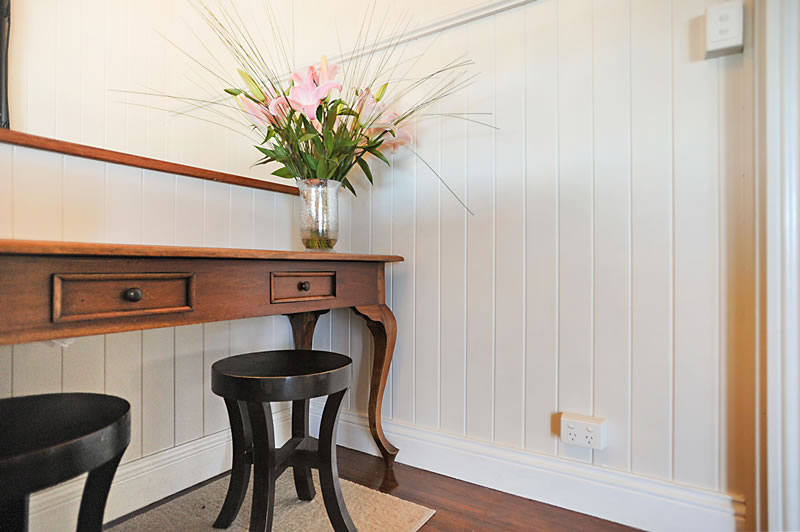
V. Comparison of PVC wallboard and VJ board
PVC wall panels and VJ panels are two common interior decoration materials, and they have many differences in design, material, usage, etc. The following is a comparison of PVC wall panels and VJ panels:
1. Design style
PVC wall panels: PVC wall panels usually have a variety of colors and patterns to choose from, which can imitate different material textures such as wood, stone, and tiles. Its design styles can vary from traditional to modern.
VJ boards: VJ boards are designed from traditional architectural styles with vertical grooves forming a continuous V- or U-shaped texture. It imparts traditional flavor and natural beauty to interior spaces.
2. Material
PVC Wall Panels: PVC wall panels are made of polyvinyl chloride (PVC), a synthetic plastic material that is resistant to water and moisture.
VJ board: VJ board is usually made of solid wood, such as pine, oak, etc., which retains the natural texture and color of the wood.
3. Installation and maintenance
PVC wall panels: PVC wall panels are usually installed by plug-in or paste, which is fast in construction and easy to install. Cleaning and maintenance are also relatively simple.
VJ boards: VJ boards can be complex to fabricate and install and require an experienced woodworker. Since it is a solid wood material, more maintenance is required to prevent the wood from deforming, cracking, etc.
4. Applicable environment
PVC Wall Panels: PVC wall panels are suitable for wet environments such as bathrooms and kitchens due to their water resistance and easy cleaning properties, and can also be used in other indoor spaces.
VJ board: VJ board is suitable for decoration projects that pursue traditional charm, natural beauty and warm atmosphere, and is usually used in living rooms, bedrooms and other areas.
5. Cost
PVC wall panels: PVC wall panels are relatively economical and suitable for renovation projects with limited budgets.
VJ board: The cost of VJ board is relatively high, including material cost, production cost and installation cost.
VI.Conclusion
Both PVC wall panels and VJ panels have their own advantages and applications. PVC wall panels are suitable for environments that require water resistance and easy cleaning, and are suitable for various design styles. VJ boards are suitable for spaces that pursue traditional charm and natural beauty. Although the cost is high, it brings unique texture and visual effects. The choice of which material to choose should be based on your finishing needs, personal preference and budget.
Quick Quotation

